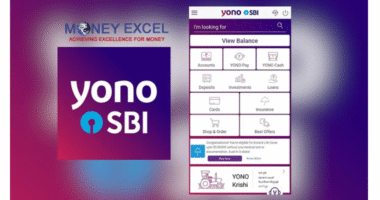As Indians turn to a variety of investment options to secure their financial future, middle-class individuals are increasingly seeking the best investment plans tailored to their needs. With the growing awareness about investment opportunities and the desire to build wealth, middle-class Indians are exploring different avenues to maximize returns while managing risks effectively. In this changing landscape, understanding the various investment plans available is crucial to make informed decisions and achieve financial goals.
One of the key considerations for middle-class Indians when choosing investment plans is to strike a balance between risk and return. While seeking high returns is important, it is equally essential to assess the associated risks and financial goals. Diversification is a commonly recommended strategy to spread risk across different asset classes and minimize the impact of market fluctuations on the overall portfolio.
Equity investments have emerged as a popular choice among middle-class Indians looking for long-term wealth creation. Investing in stocks of reputed companies can offer the potential for high returns, but it also comes with volatility and market risks. Mutual funds provide a more diversified approach to equity investing, allowing investors to access professional management and benefit from expertise in stock selection.
Fixed income instruments such as fixed deposits (FDs), bonds, and debentures are favored by conservative investors seeking stable returns and capital preservation. FDs offered by banks are considered a safe investment option due to the capital protection and fixed returns they offer. However, the low interest rates prevalent in the current economic scenario may impact the overall returns from fixed income investments.
Real estate continues to be a popular investment avenue for middle-class Indians due to its tangible nature and potential for capital appreciation. Investing in residential properties for rental income or capital appreciation requires a long-term perspective and careful consideration of factors such as location, demand-supply dynamics, and regulatory environment. Real estate investment trusts (REITs) offer an alternative way to invest in the real estate sector with the benefit of liquidity and professional management.
Gold has traditionally been a preferred investment option for Indians due to cultural significance and perceived stability. Investment in physical gold in the form of jewelry or coins provides a hedge against inflation and geopolitical risks. Gold exchange-traded funds (ETFs) and sovereign gold bonds (SGBs) are financial instruments that allow investors to participate in the gold market without the need for physical ownership.
Systematic investment plans (SIPs) in mutual funds have gained popularity among middle-class Indians as a disciplined approach to investing in equity markets. SIPs allow investors to contribute regularly towards their investment goals, benefit from rupee cost averaging, and harness the power of compounding over the long term. By investing a fixed amount at regular intervals, investors can mitigate the impact of market volatility and accumulate wealth systematically.
Retirement planning is a crucial aspect of financial management for middle-class Indians, and investing in pension plans and provident funds can help secure a comfortable post-retirement life. The Public Provident Fund (PPF) and National Pension System (NPS) are popular choices for retirement planning due to the tax benefits and long-term wealth accumulation they offer. Building a diversified retirement portfolio with a mix of equity, debt, and other asset classes can help individuals achieve financial independence after retirement.
Education and healthcare are key priorities for middle-class Indians, and investing in education savings plans and health insurance can help provide financial security for future expenses. Education savings plans such as unit-linked insurance plans (ULIPs) and child education plans offer a systematic way to save for children’s education expenses while providing life cover and investment growth potential. Health insurance policies safeguard against rising medical costs and provide coverage for hospitalization, surgeries, and critical illnesses.
In conclusion, middle-class Indians have a plethora of investment plans to choose from based on their risk tolerance, financial goals, and time horizon. By understanding the various investment options available and seeking professional advice when needed, individuals can make informed decisions to build wealth systematically and achieve long-term financial security. It is essential to assess individual financial goals, risk appetite, and investment horizon before selecting the best investment plans that align with one’s objectives and aspirations.





